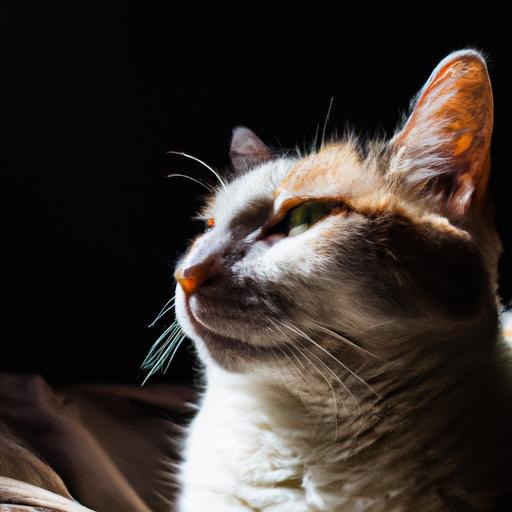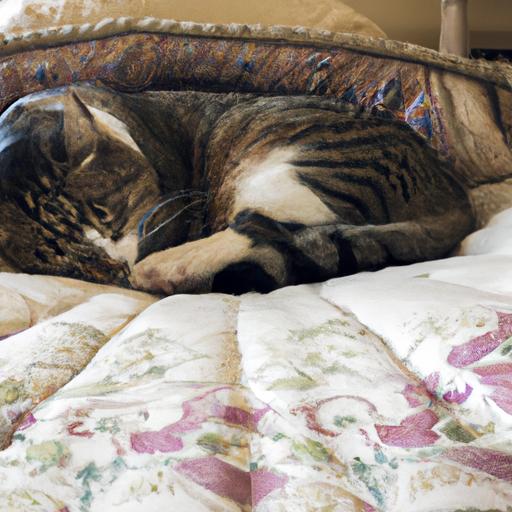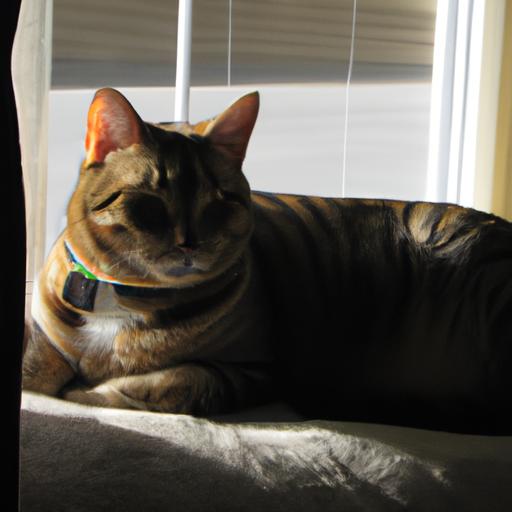
Understanding Cat Circadian Rhythms: A Key to Feline Well-being
Discover the significance of understanding cat circadian rhythms for their well-being. Explore FAQs about sleep-wake cycles and how to regulate them.
Introduction
Have you ever wondered why your furry feline friend seems to be full of energy at certain times of the day and completely relaxed at others? Well, the answer lies in their circadian rhythms. Just like humans, cats have internal biological clocks that regulate their sleep-wake cycles, hormone production, and overall behavior. In this article, we will delve into the fascinating world of cat circadian rhythms and explore why understanding them is crucial for the well-being of our beloved pets.

What are Cat Circadian Rhythms?
To grasp the concept of cat circadian rhythms, let’s first understand what circadian rhythms are. Circadian rhythms are physical, mental, and behavioral changes that follow a roughly 24-hour cycle. They are influenced by external cues, primarily the natural light-dark cycles of the day. In cats, these rhythms play a vital role in determining their sleep patterns, activity levels, and even their appetite.
Cats, being crepuscular animals, are most active during dawn and dusk. This behavior is deeply rooted in their evolutionary history as nocturnal hunters. Their circadian rhythms synchronize their internal processes with the external environment, allowing them to optimize their energy levels and instincts for hunting. Understanding these rhythms helps us provide an environment that supports their natural tendencies.

FAQ about Cat Circadian Rhythms
What is the typical sleep-wake cycle of cats?
Cats are known for their ability to snooze for long hours. On average, adult cats sleep for 12 to 16 hours a day. However, their sleep is not continuous but rather divided into several shorter cycles throughout the day and night. This pattern enables them to remain alert and responsive to their surroundings, even during their rest periods.
Do cats experience jet lag?
While cats may not board planes and travel across time zones like humans, they can indeed experience a form of jet lag. Sudden changes in their routine or environment, such as moving to a new home or traveling, can disrupt their circadian rhythms. This can lead to temporary confusion, altered sleep patterns, and changes in behavior. Providing a stable and consistent environment during such transitions can help them readjust and minimize the effects of jet lag.
Can cat circadian rhythms be disrupted?
Yes, cat circadian rhythms can be disrupted by various factors. Exposure to artificial light during the night, irregular feeding schedules, and changes in their daily routine can all impact their internal clock. Additionally, certain medical conditions or medications may also affect their circadian rhythms. It’s important to be aware of these potential disruptors and make adjustments to create a harmonious environment for your feline companion.
How can cat owners help regulate their cat’s circadian rhythms?
As responsible cat owners, we can take several steps to support our cat’s natural circadian rhythms:
-
Maintain a consistent routine: Cats thrive on predictability, so establishing a regular daily routine for feeding, playtime, and sleep can help regulate their circadian rhythms.
-
Manage exposure to light: Ensure your cat has access to natural daylight during the day, and minimize artificial light exposure during nighttime hours. This helps synchronize their internal clock with the natural light-dark cycles.
-
Create a comfortable sleep environment: Provide a cozy and quiet sleeping area for your cat, away from disruptive noises and distractions. Consider using blackout curtains or blinds to minimize external light sources that may disturb their sleep.
-
Engage in interactive play: Regular play sessions during the day can help keep your cat mentally stimulated and physically active. This not only promotes a healthy sleep-wake cycle but also strengthens the bond between you and your feline friend.
Conclusion
Understanding cat circadian rhythms is essential for promoting the well-being of our feline companions. By aligning their environment and routine with their natural biological clocks, we can ensure they lead fulfilling lives that cater to their inherent instincts. So, let’s embrace the beauty of cat circadian rhythms and provide our furry friends with the care and attention they deserve. After all, a harmonious and synchronized life is the key to a happy and healthy cat.




















